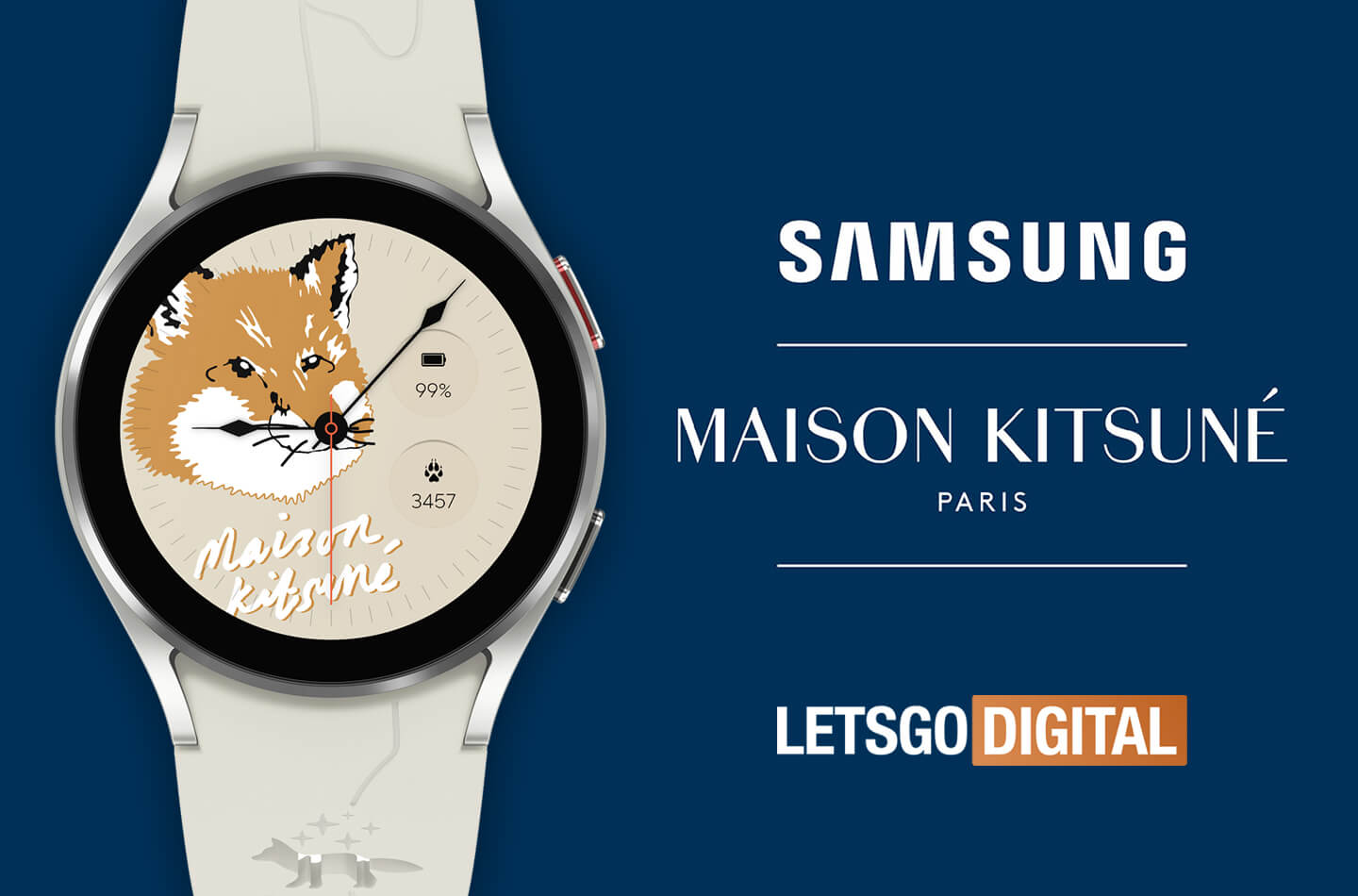–
Snap’s third-quarter revenue was below expectations. The company points to changes in Apple’s advertising technology as an explanation. These lead to nervousness among companies that rely on digital advertisements.
–
Snap posted more than $1 billion in revenue in one quarter for the first time. Revenues rose 57 percent to $1,067 billion. But that figure remained several million below expectations Snap had previously made public. Enough to disappoint investors and analysts, as was apparent from the fall in after-hours trading.
–
In an accompanying commentary chief business officer Jeremi Gorman points to another tech company as part of the statement. According to Gorman, Snap felt an unexpectedly large impact from changes Apple made in the latest update to its mobile operating system iOS 14.5.
–
The essence
- Snap reported figures that came in below its own expectations on Thursday evening.
- The company points to Apple as an important part of the statement, which changed its rules for measuring and tracking ads among iOS users.
- Snap is the first major social medium to report numbers. The figures lead to nervousness about the forthcoming results of peers.
–
–
Apple reversed the roles in this: where in the past as a user you could choose not to be followed in an app (opt-out), you must now explicitly agree (opt-in). Since relatively few users are inclined to do so, it becomes more difficult for app owners and their advertisers to measure and track user interactions with ads, and to target iOS users. Those changes are part of a broader push for more privacy at Apple.
–
Snap notes that over the past decade, many advertisers have built their businesses on Apple’s original tracking system IDFA, and the changes are “turning industry standards upside down.”
–
So what exactly has changed in the new system, SKAdNetwork or SKAN for short? According to Snap, advertisers can no longer track simple things, such as how much time consumers watch an ad, or the time between viewing an ad and an eventual ‘action’. Because there is a delay in the data, advertisers can no longer respond quickly, according to Snap.
–
“The changes were widely rolled out in June and July,” Gorman said. “While we expected some impact, Apple’s solution for measuring ad impact turned out not to be what we expected it to be.”
–
The changes at Apple are turning industry standards upside down.


